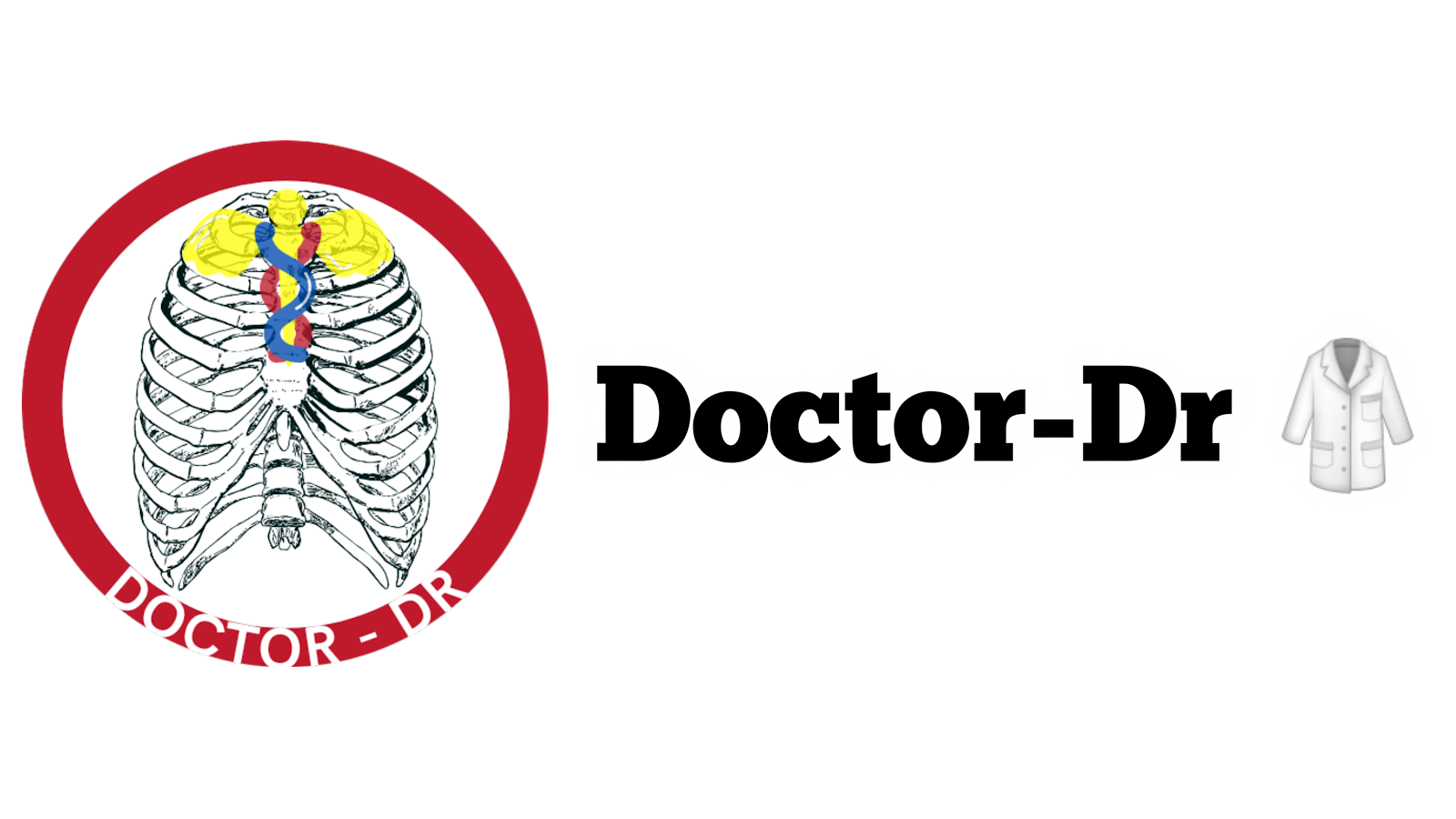Table of Contents
Introduction to Pedigree Chart
- A pedigree chart is an illustration used to represent the occurrence and inheritance of different phenotypes associated with a specific gene in an organism.
- It visually demonstrates how a particular gene or trait is transmitted from ancestors or predecessors to their descendants.
- The chart is created and analyzed to study the transmission of specific traits from one generation to the next, particularly in humans.
- Through this analysis, genetic variations and inheritance patterns across different generations can be observed and understood.
- A pedigree chart is also commonly referred to as a “Family Tree.”
Interpretation of the Pedigree Chart
- In a pedigree chart, the family member first identified or studied by a geneticist is known as the propositus.
- The propositus typically exhibits a distinctive phenotype, such as dwarfism or another noticeable trait.
- After identifying the propositus, the investigator traces the person’s ancestry and constructs a family tree or genealogy using specific symbols.
- Various symbols are used in pedigree charts to represent individuals and their relationships.
- Each individual in a pedigree inherits two genetic instructions (alleles)—one from the mother and one from the father.
- These alleles can either be homozygous (both alleles carry the same trait) or heterozygous (the alleles carry different traits).
- The phenotypic data from multiple generations is collected first, and the pedigree chart is drawn accordingly using the correct symbols.
- To determine whether a trait is dominant or recessive, the data is carefully analyzed.
For dominant traits:
- If an offspring is affected, at least one parent must also be affected.
- The dominant phenotype is typically seen in every generation of the family tree.
- For an offspring to be completely normal (unaffected), both parents must be free from the affected gene.
For recessive traits:
- Parents who are unaffected can still produce abnormal (affected) offspring.
- Both male and female offspring can be affected equally.
- Understanding the mode of inheritance is crucial for constructing the pedigree and predicting the likelihood of future offspring being affected by a genetic condition.
The types of inheritance patterns observed in pedigree charts include:
Autosomal inheritance:
- Involves genes located on the autosomes (non-sex chromosomes).
- In humans, there are 22 pairs of autosomes among the total 23 chromosome pairs.
Autosomal dominant inheritance:
- The trait appears in every generation without skipping.
- Children of affected parents may sometimes be unaffected.
- Examples: Marfan Syndrome, Retinoblastoma, Huntington’s disease.
Autosomal recessive inheritance:
- The trait may skip generations and not appear in every one.
- Even if both parents are normal, the offspring can still be affected.
- Examples: Cystic fibrosis, Tay-Sachs disease.
Sex-linked inheritance:
- Involves genes located on the sex chromosomes (X or Y), which make up one pair of the 23 total chromosomes in humans.
- X-linked traits are often studied more because they can be transferred to both males and females, while Y-linked traits are transmitted only between males.
- Examples: Color blindness, Hemophilia.
X-linked dominant inheritance:
- All daughters of an affected father (carrying the abnormal X-linked dominant gene) will be affected.
- Sons will remain unaffected if the mother carries normal genes.
- Examples: Orofaciodigital syndrome, Incontinentia pigmenti.
X-linked recessive inheritance:
- Males are usually more affected than females.
- An affected father passes the abnormal gene to his carrier daughter, while his sons remain normal.
- The grandson through the carrier daughter may become affected, which is known as crisscross inheritance.
- Examples: Fabry disease, Color blindness.
Significances
- Pedigree analysis helps determine how specific traits are inherited within a family.
- It allows researchers and geneticists to identify potential risks to future offspring and assess the likelihood of developing inherited diseases in upcoming generations.
- Genealogical studies are also used by researchers to pinpoint the specific genes responsible for inherited human diseases.
- Unlike methods such as the Punnett square and chi-square tests, which are effective for organisms with large numbers of offspring and controlled mating (e.g., plants or experimental animals), pedigree charts are more suitable for human genetic studies.
- This is because human family sizes are relatively small, and even large families have limited numbers of members for statistical analysis.
- Additionally, human mating patterns are uncontrollable and may involve heterozygous pairings, making pedigree charts the most practical and reliable tool for tracing inheritance patterns in humans.
References
- Accessed from Let’s Talk Academy: “Pedigree Analysis.” Retrieved on November 19, 2022, from https://letstalkacademy.com/pedigree-analysis/.
- Vigeland, M.D. (2021). Pedigree Analysis in R (1st Edition). Elsevier.
- Genetic Alliance and The New York–Mid-Atlantic Consortium for Genetic and Newborn Screening Services. (2009, July 8). Understanding Genetics: A New York–Mid-Atlantic Guide for Patients and Health Professionals. Chapter 3: Pedigree and Family History-Taking. Washington (DC): Genetic Alliance. Available at: https://www.ncbi.nlm.nih.gov/books/NBK115557/.
- Ghosh, K. and Shetty, S. (2013). In Brenner’s Encyclopedia of Genetics (2nd Edition).





%20Test%20Procedure,%20Principle%20&%20Numerical%20Profile%20Explained.webp)

%20Principle,%20Protocol,%20Fluorescent%20Markers,%20Advantages%20&%20Applications.webp)


